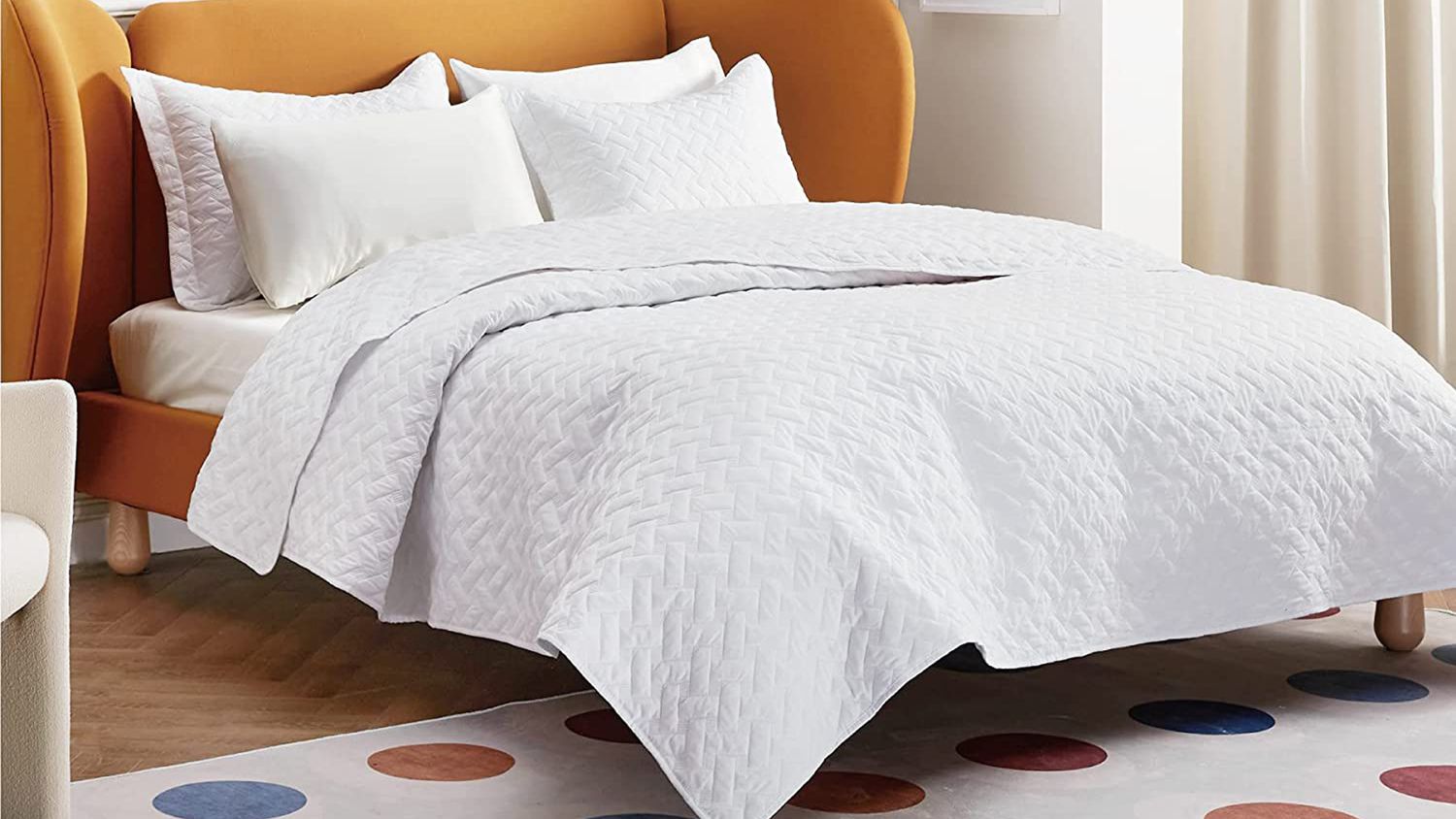

Articles
What Is A Bed Quilt
Modified: August 16, 2024
Discover the beauty and warmth of bed quilts with our informative articles. Learn about different types, materials, and styles for the perfect addition to your bedroom.
(Many of the links in this article redirect to a specific reviewed product. Your purchase of these products through affiliate links helps to generate commission for Storables.com, at no extra cost. Learn more)
Introduction
Welcome to the wonderful world of bed quilts! If you’re looking to add comfort, style, and warmth to your bedroom, then a bed quilt is the perfect choice. Bed quilts have been a staple in households for centuries, providing not only practicality but also a touch of charm and beauty to any sleeping space.
But what exactly is a bed quilt? How did it evolve over time? What are the different types available? And, most importantly, how do you choose the right bed quilt for your needs?
In this article, we will explore the fascinating world of bed quilts and provide you with a comprehensive guide to everything you need to know about them. From their definition and history to the various types, materials, techniques, and benefits, we’ll cover it all. So, let’s dive right in!
Key Takeaways:
- Bed quilts are more than just bedding; they are a timeless expression of warmth, comfort, and personal style, offering a cozy and inviting haven in any bedroom.
- Choosing the right bed quilt involves considering factors such as size, material, design, and personal preferences, ensuring that it complements your decor and provides the desired comfort and aesthetic appeal.
Read more: What Size Is A Double Bed Quilt
Definition of a Bed Quilt
A bed quilt is a type of bedding that consists of three layers of fabric stitched together. The layers typically include a decorative top layer, a middle layer of filling or batting, and a backing layer. The layers are sewn together through a process called quilting, which creates a quilted pattern and ensures that the layers stay in place.
Bed quilts are specifically designed to cover and protect a bed, providing both warmth and aesthetic appeal. They come in various sizes to fit different bed dimensions, such as twin, full, queen, and king. Some quilts are also designed for specific purposes, such as baby quilts for cribs or lap quilts for cozying up on the couch.
What sets bed quilts apart from other types of bedding is their unique construction. Unlike comforters, which are typically filled with synthetic materials and have a stitched outer design, bed quilts feature intricate patterns created by stitching the three layers together.
Bed quilts can be handcrafted or machine-made, with handcrafted quilts often considered more valuable due to the effort and skill required to make them. They come in a wide range of designs, from traditional to modern, and can be made from various fabrics, including cotton, linen, silk, and polyester.
Whether you’re looking for a cozy and functional addition to your bedroom or a decorative piece that reflects your personal style, a bed quilt is a versatile choice that ticks all the boxes. Its combination of practicality and beauty makes it a popular bedding option for people of all ages and tastes.
History of Bed Quilts
The history of bed quilts dates back centuries, with evidence of quilted fabrics found in ancient Egyptian tombs and medieval European castles. However, it was during the 18th and 19th centuries that quilting became widely practiced and bed quilts became a common household item among settlers in North America.
Quilting was initially a practical solution for making warm bedding in regions with cold climates. The settlers used available materials such as scraps of fabric, worn-out clothing, and discarded blankets to create quilts. These early quilts were often a patchwork of different fabrics, pieced together to maximize warmth.
As quilting techniques evolved, so did the artistic aspect of bed quilts. The quilts became a canvas for creative expression, with intricate patterns and designs emerging. Quilting bees, where groups of women gathered to work on quilts together, became popular social events that allowed for the exchange of ideas and the passing down of quilting skills from one generation to the next.
During the 19th century, bed quilts took on different styles influenced by the prevailing trends of the time. The “Crazy Quilt” style, characterized by asymmetrical arrangements of irregularly shaped fabric pieces, gained popularity during the Victorian era. This style showcased the fine needlework skills of women and allowed for the incorporation of embroidered details and embellishments.
In the late 19th and early 20th centuries, the rise of industrialization and the availability of sewing machines led to changes in quilt production. Quilts were no longer strictly handmade, as machine-made quilts became more common. While these machine-made quilts lacked the individuality and charm of handcrafted quilts, they made bed quilts more affordable and accessible to a wider population.
In recent years, there has been a resurgence of interest in traditional quilting techniques and the art of handcrafted bed quilts. Many quilting enthusiasts have revived long-forgotten patterns and techniques, while others have developed new and innovative designs, merging traditional quilting with modern aesthetics.
Today, bed quilts continue to be cherished heirlooms, passed down through generations, and also a way for individuals to showcase their creativity and craftsmanship. Whether it’s a carefully preserved antique quilt or a modern quilt made with contemporary fabrics, bed quilts remain a testament to the rich history and enduring legacy of this beloved textile art.
Different Types of Bed Quilts
Bed quilts come in a variety of types, each with its own unique characteristics and style. Understanding the different types will help you choose the right bed quilt that suits your needs and preferences. Let’s explore some of the most popular types of bed quilts:
- Patchwork Quilts: Patchwork quilts are made by stitching together small fabric pieces, creating a patchwork pattern. These quilts often feature a mix of colors and patterns, resulting in a charming and eclectic look. Patchwork quilts can range from simple designs to intricate patterns, making them a versatile choice for any bedroom style.
- Appliqué Quilts: Appliqué quilts involve attaching fabric shapes or designs onto a larger fabric base, creating a decorative effect. This technique allows for more detailed and intricate designs, as the fabric pieces are sewn on top of the quilt rather than being pieced together.
- Whole Cloth Quilts: Whole cloth quilts are made from a single large piece of fabric without any piecing or patchwork. The beauty of these quilts lies in their simplicity and the focus on the quilting pattern itself. Intricate quilting designs are showcased on the surface of the quilt, creating a luxurious and elegant look.
- Amish Quilts: Amish quilts originate from the Amish community, known for their traditional and minimalist style. These quilts often feature bold, geometric patterns with vibrant solid colors against a dark background. Amish quilts are typically hand-stitched with great attention to detail, resulting in heirloom-quality pieces.
- Contemporary Quilts: Contemporary quilts offer a modern twist on traditional quilting techniques. They embrace innovative designs, unconventional color combinations, and experimental fabric choices. Contemporary quilts can be abstract, minimalist, or even incorporate elements of mixed media art.
- Art Quilts: Art quilts blur the line between quilting and fine art. They are unique and expressive pieces that often showcase artistic techniques like painting, dyeing, and embroidery. Art quilts are highly individualistic and may incorporate unconventional materials and unconventional techniques.
- Seasonal Quilts: Seasonal quilts are designed to reflect the changing seasons and holidays. They feature motifs and colors associated with specific times of the year, such as snowflakes for winter, flowers for spring, and pumpkins for fall. Seasonal quilts are a great way to add a festive touch to your bedroom decor.
These are just a few examples of the different types of bed quilts available. Each type offers its own distinctive style and appeal, allowing you to find a bed quilt that reflects your personal taste and complements your bedroom decor.
Materials Used in Bed Quilts
Bed quilts can be made from a wide range of materials, each offering its own unique qualities and characteristics. The choice of materials used in a quilt can greatly impact its overall look, feel, and durability. Here are some of the common materials used in bed quilts:
- Cotton: Cotton is one of the most popular materials for bed quilts. It is soft, breathable, and easily available. Cotton quilts are comfortable and lightweight, making them perfect for year-round use. They also offer good moisture absorption, keeping you cool in the summer and warm in the winter.
- Linen: Linen is another natural fiber that is used in quilts. It has a distinct texture and gives a luxurious feel to the quilt. Linen is highly breathable, moisture-wicking, and durable. Linen quilts provide excellent temperature regulation, making them a great choice for those who prefer a cooler sleeping environment.
- Silk: Silk is a luxurious and delicate material used for quilts. It has a smooth, lustrous finish that adds elegance to the quilt. Silk quilts are lightweight, hypoallergenic, and offer excellent insulation. They are ideal for those who prefer a more refined and luxurious bedding option.
- Polyester: Polyester is a synthetic material commonly used in quilt batting or filling. It is lightweight, durable, and resistant to wrinkles and shrinking. Polyester quilts are easy to care for and often more affordable than natural fiber quilts. However, they may not offer the same breathability as natural fiber options.
- Wool: Wool is a natural material known for its excellent insulation properties. Wool quilts are warm, moisture-wicking, and provide a cozy sleeping experience. They are great for colder climates or individuals who tend to feel cold at night. Wool quilts are also resistant to dust mites and mold, making them a good option for allergy sufferers.
- Blend: Quilts made from a blend of different materials offer a combination of their individual qualities. For example, a cotton-polyester blend quilt may provide the softness and breathability of cotton with the added durability of polyester. Blended quilts can offer a balance of comfort, durability, and affordability.
When choosing a bed quilt, consider your personal preferences, climate, and any specific requirements you may have. Some materials may be more suitable for warmer climates, while others may offer better insulation for colder regions. It’s also important to check the care instructions for the quilt material to ensure it aligns with your lifestyle and maintenance preferences.
Ultimately, selecting the right material for your bed quilt will contribute to its overall comfort, durability, and aesthetic appeal, allowing you to create a cozy and inviting sleeping space.
When choosing a bed quilt, consider the size of your bed and the climate of your area. A larger quilt is better for a larger bed, and a lighter quilt is better for warmer climates.
Read more: What Is The Size Of A Twin Bed Quilt
Techniques for Making Bed Quilts
The art of making bed quilts involves various techniques that combine creativity and craftsmanship. These techniques ensure that the layers of fabric are securely joined together, resulting in a durable and visually appealing quilt. Here are some of the common techniques used in quilt making:
- Piecing: Piecing is the technique of sewing fabric pieces together to create the quilt top. It involves cutting fabric into desired shapes, such as squares, rectangles, or triangles, and then stitching them together in specific patterns. Piecing can be done by hand or with a sewing machine.
- Appliqué: Appliqué is a technique that involves attaching fabric shapes or designs onto a larger fabric base. The fabric pieces can be sewn onto the quilt top using various stitches, such as satin stitch or blanket stitch. Appliqué adds visual interest to the quilt and allows for the inclusion of intricate and detailed designs.
- Quilting: Quilting refers to the stitching that joins the quilt top, batting, and backing layers together. Quilting not only secures the layers but also creates decorative patterns on the surface of the quilt. Quilting can be done by hand using a needle and thread or with a sewing machine. Common quilting patterns include straight lines, grids, loops, feathers, and more.
- Binding: Binding is the finishing touch that encloses the raw edges of the quilt and gives it a clean and polished look. It involves attaching a separate strip of fabric along the outer edges of the quilt. Binding can be machine-stitched or hand-stitched and is often folded over and secured on the back of the quilt for a neat and professional finish.
- Quilt-As-You-Go: Quilt-as-you-go is a technique that breaks down the quilting process into smaller sections. Instead of quilting the whole quilt top at once, each quilt block is quilted individually and then joined together. This technique is popular for beginners or those who prefer smaller, manageable quilting projects.
- Free-Motion Quilting: Free-motion quilting involves quilting patterns or designs by moving the quilt sandwich freely under the needle of a sewing machine. This technique allows for more intricate and creative quilting designs, as the machine’s feed dogs are dropped or covered to enable free movement in any direction.
These are just a few of the many techniques used in quilt making. Each technique requires practice, patience, and attention to detail to create a beautifully crafted bed quilt. Whether you choose to employ traditional quilting techniques or experiment with modern approaches, the techniques you use will contribute to the uniqueness and artistry of your quilt.
Benefits of Using a Bed Quilt
Bed quilts offer more than just warmth and comfort. They come with a range of benefits that make them a popular choice for bedrooms. Here are some of the advantages of using a bed quilt:
- Warmth: Bed quilts are designed to provide warmth and insulation, making them perfect for colder seasons or chilly nights. The layers of fabric and batting trap heat, creating a cozy cocoon that helps to regulate body temperature and provide a comfortable sleep environment.
- Style and Aesthetics: Bed quilts add style, beauty, and a decorative element to any bedroom. With their intricate patterns, vibrant colors, and unique designs, quilts can become the focal point of the room and enhance the overall aesthetics. They offer versatility in terms of design choices, allowing you to match or contrast with your existing decor.
- Comfort and Softness: The soft texture of bed quilts adds a layer of comfort and luxury to your bedding. Whether you choose a quilt filled with cotton, silk, or other materials, the quilt’s softness and plushness provide a cozy and inviting feel, ensuring a restful sleep experience.
- Durability: Bed quilts are known for their durability. The stitching and layering techniques used in quilt construction ensure that the quilt remains intact and long-lasting. Quilts are often passed down as heirlooms, showcasing their ability to withstand the test of time with proper care.
- All-Season Use: While bed quilts are commonly associated with warmth, they can also be used throughout the year. Depending on the material and thickness, quilts can provide comfort and lightweight coverage during the summer months. Their versatility allows you to use them year-round, adapting to changing sleep preferences and weather conditions.
- Personalization: Bed quilts offer an opportunity for personalization and self-expression. Many people choose to make their own quilts or commission a custom-made quilt, allowing them to select fabrics, patterns, and designs that reflect their individual style and personality. This personal touch adds a sense of pride and connection to the quilt.
- Environmental Sustainability: Choosing a bed quilt made from natural, organic, or sustainable materials can contribute to a more environmentally friendly lifestyle. Natural fibers such as cotton, linen, and wool are biodegradable and renewable resources. Opting for handcrafted or locally made quilts also supports local artisans and reduces carbon footprint.
Whether it’s for the practical benefits of warmth and comfort or the aesthetic appeal and personal expression they offer, bed quilts have a timeless charm that has captured the hearts of many. Investing in a high-quality bed quilt can transform your bedroom into a cozy sanctuary and provide you with years of comfort and enjoyment.
How to Choose the Right Bed Quilt
Choosing the right bed quilt is essential in creating a comfortable and stylish bedroom. With so many options available, it can be overwhelming to determine which quilt is the best fit for your needs. Here are some key factors to consider when selecting the right bed quilt:
- Size: Start by considering the size of your bed. Measure your mattress to ensure you choose a quilt that fits correctly. Bed quilts come in various sizes, including twin, full, queen, and king. Selecting the right size ensures proper coverage and a neat appearance on your bed.
- Material: Consider the material of the quilt and how it aligns with your preferences. Natural fibers like cotton, linen, and silk offer breathability and comfort. Synthetic materials like polyester can provide durability and easy maintenance. Choose a material that suits your climate, personal comfort, and care requirements.
- Design and Style: Bed quilts come in a wide range of designs, from traditional patchwork to modern and abstract patterns. Consider your personal style and the overall aesthetic of your bedroom. Choose a design that complements your existing decor or makes a statement as a focal point.
- Seasonal Considerations: Consider the seasonal variations in your location. For warmer climates or summer months, lighter quilts with breathable fabrics are ideal. In colder climates or winter months, quilts with thicker fillings and warmer materials provide the necessary insulation. Some quilts offer versatility with reversible designs for year-round use.
- Comfort Level: Test the comfort level of the quilt by feeling the materials and checking the fill thickness. Ensure that the quilt is soft, cozy, and provides the desired level of insulation for your needs. If possible, read reviews or seek recommendations to gauge the quilt’s comfort and durability from others who have used it.
- Budget: Determine your budget range for a bed quilt. Consider the quality, craftsmanship, and material when deciding on your spending limit. Quilts can vary in price depending on factors such as brand, construction, and design complexity. Look for quilts that offer the best combination of quality and value.
- Maintenance: Check the care instructions for the quilt. Some quilts may require specific cleaning methods or have limitations in terms of washing or dry cleaning. Consider your lifestyle and maintenance preferences when selecting a quilt that best fits your routine and preferences.
- Authenticity: If you appreciate the artistry and individuality of handcrafted quilts, consider purchasing from local artisans or quilt makers. Handcrafted quilts often showcase superior craftsmanship and attention to detail, offering a unique and authentic product.
Remember, choosing a bed quilt involves a balance of practicality, aesthetics, and personal preference. Take your time to explore different options, compare features, and prioritize what matters most to you. By considering these factors, you can select a bed quilt that not only enhances your bedroom decor but also provides the comfort and functionality you desire.
Maintenance and Care for Bed Quilts
To ensure that your bed quilt remains clean, fresh, and in good condition, proper maintenance and care are essential. Consider the following guidelines for maintaining and caring for your bed quilt:
- Follow Care Instructions: Always check and follow the care instructions provided by the manufacturer for your specific bed quilt. Different quilts may have different cleaning requirements, such as machine washing, handwashing, or dry cleaning. Adhering to these instructions will help maintain the integrity of the quilt and prevent damage.
- Regular Cleaning: Depending on the frequency of use, it’s advisable to clean your bed quilt at least once or twice a year. However, if there are spills, stains, or visible dirt, clean the quilt promptly to prevent staining or discoloration. Spot cleaning or using a fabric-safe stain remover may be sufficient for smaller stains.
- Proper Washing: If your bed quilt is machine washable, use a gentle cycle with a mild detergent. Avoid using bleach or harsh chemicals. It’s best to wash quilts individually or with similar fabrics to minimize friction and prevent damage. If your quilt is large or heavily quilted, consider using a commercial-size washer or taking it to a laundromat with oversized machines.
- Drying: After washing, air drying your quilt is usually the recommended method. Lay it flat on a clean, dry surface or hang it using a sturdy clothesline or drying rack. Avoid direct sunlight, as it can cause fading or damaging the fabric fibers. If using a dryer, set it to a low heat setting and periodically check the quilt to prevent overheating or shrinkage.
- Storage: When not in use, store your bed quilt in a clean, dry, and well-ventilated area. Avoid storing it in plastic bags or containers, as they can trap moisture and promote mold or mildew growth. Instead, use a cotton or breathable fabric storage bag or wrap the quilt in a cotton sheet to protect it from dust and pests.
- Rotate the Quilt: To ensure even wear, rotate your bed quilt periodically. If you have multiple quilts in your collection, switch them out seasonally to prevent prolonged use and extend the life of each quilt.
- Professional Cleaning: For delicate or antique quilts, professional cleaning may be the best option to ensure their preservation. Find a reputable professional cleaner with experience in handling quilts and follow their recommendations for cleaning and care.
- Maintenance Tips: To maintain your bed quilt’s overall quality, prevent excessive wear by using it with a top sheet or lightweight cover. Avoid exposing the quilt to sharp objects, pets with claws, or rough surfaces that can potentially snag or tear the fabric. Regularly inspect the quilt for loose threads or damaged areas and make necessary repairs promptly.
By following these maintenance and care guidelines, you can protect the beauty, durability, and longevity of your bed quilt. Additionally, proper care ensures that your quilt remains a cozy, clean, and cherished bedding accessory for years to come.
Read more: How To Make A Quilted Bedding
Conclusion
Bed quilts are more than just a cozy layer on your bed; they are an expression of warmth, comfort, and personal style. The rich history, diverse types, and intricate craftsmanship of bed quilts make them a beloved and timeless addition to any bedroom. Whether you prefer traditional patchwork designs, modern abstract patterns, or custom-made quilts, there is a bed quilt out there to suit your taste and needs.
Choosing the right bed quilt involves considering factors such as size, material, design, and personal preferences. With careful thought and consideration, you can find a quilt that not only complements your existing decor but also provides the comfort and aesthetic appeal you desire. Bed quilts offer numerous benefits, from providing warmth and insulation to adding beauty and style to your sleeping space.
Maintaining and caring for your bed quilt is essential to ensure its longevity and continued enjoyment. Following the care instructions provided by the manufacturer, regular cleaning, and proper storage will help keep your quilt clean, fresh, and in excellent condition for years to come.
Whether you snuggle up under a handcrafted quilt filled with memories or enjoy the luxurious embrace of a silk quilt, the feeling of wrapping yourself in a lovingly made bed quilt is unmatched. From its functional purpose of keeping you warm to the emotional connection it creates, a bed quilt is truly a comforting and cherished possession.
So, explore the world of bed quilts, consider your personal preferences, and select the perfect quilt that reflects your style and provides the ultimate comfort for your peaceful slumber. Whether you’re curling up on a cold winter night or enjoying a cool summer breeze, a bed quilt will always be there to create a cozy and inviting haven in your bedroom.
Frequently Asked Questions about What Is A Bed Quilt
Was this page helpful?
At Storables.com, we guarantee accurate and reliable information. Our content, validated by Expert Board Contributors, is crafted following stringent Editorial Policies. We're committed to providing you with well-researched, expert-backed insights for all your informational needs.
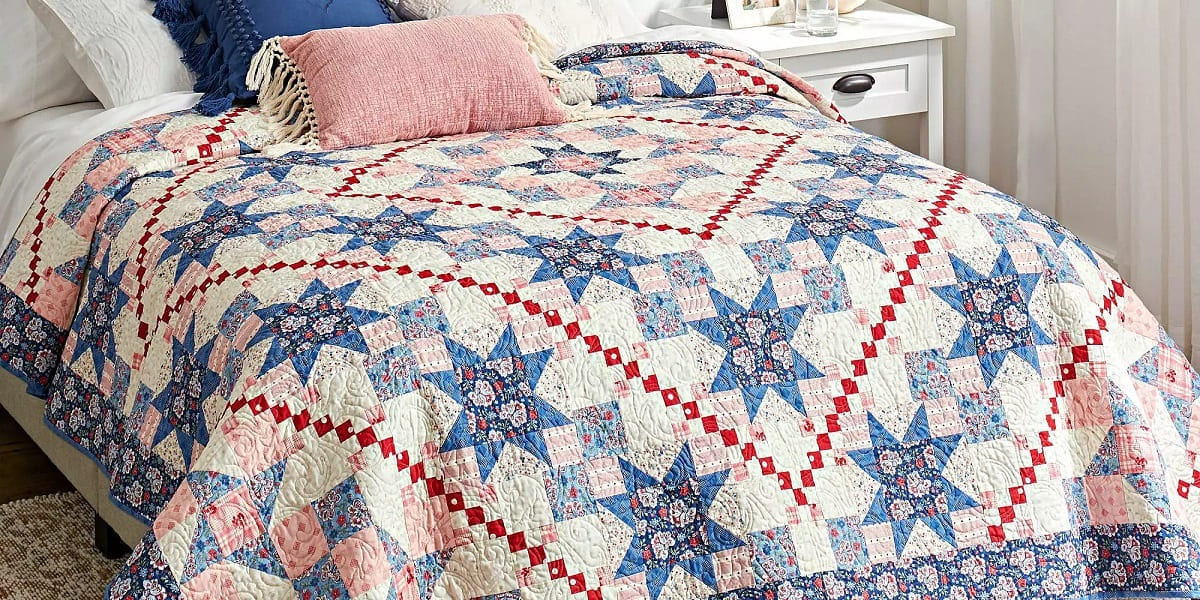
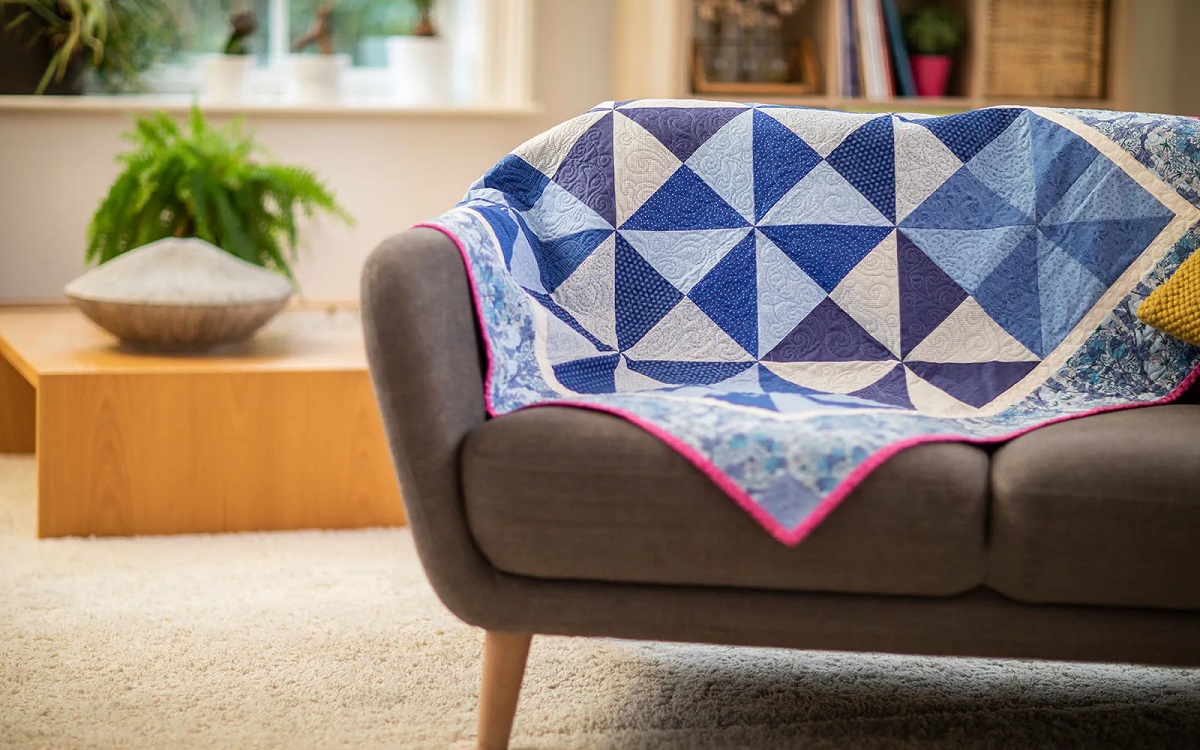

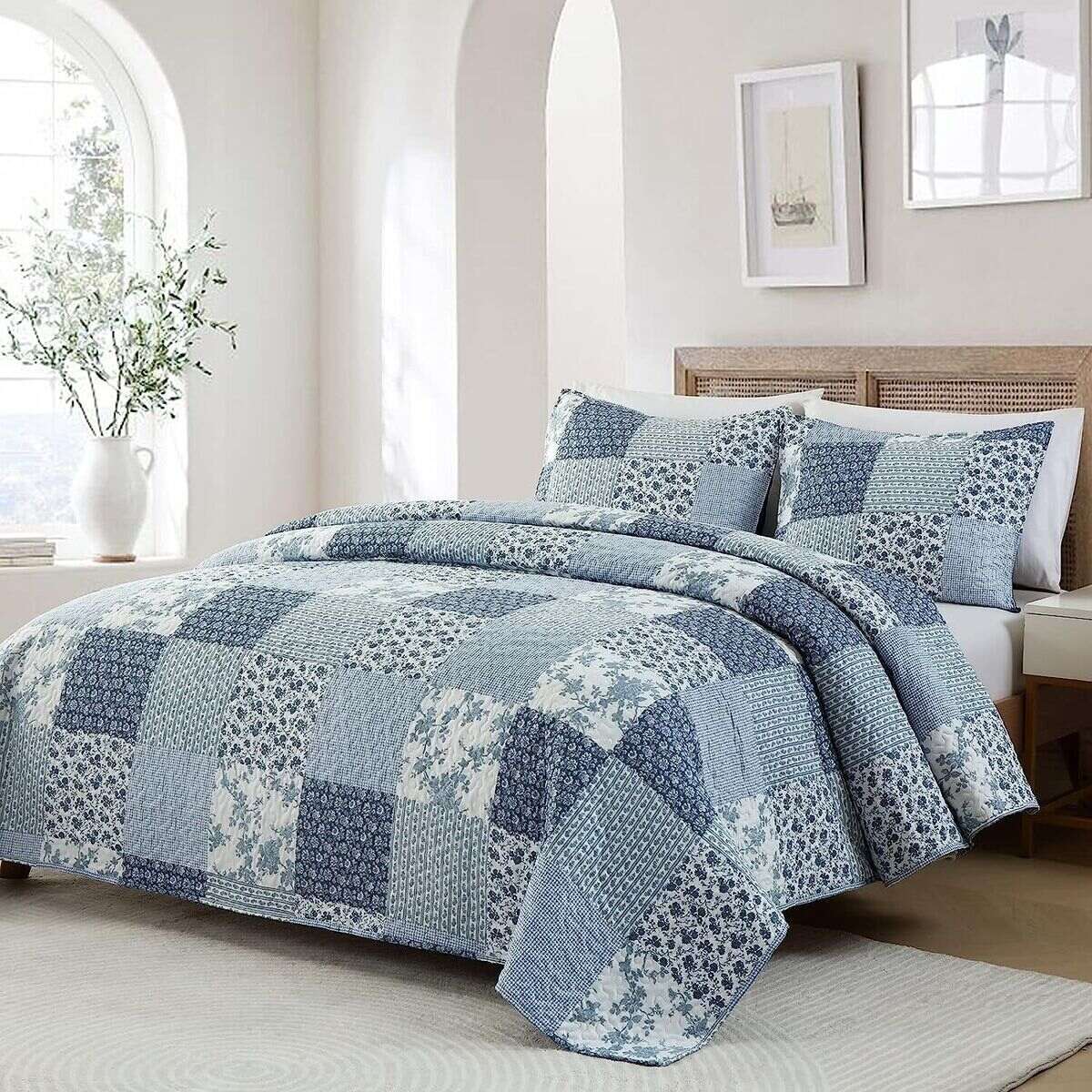
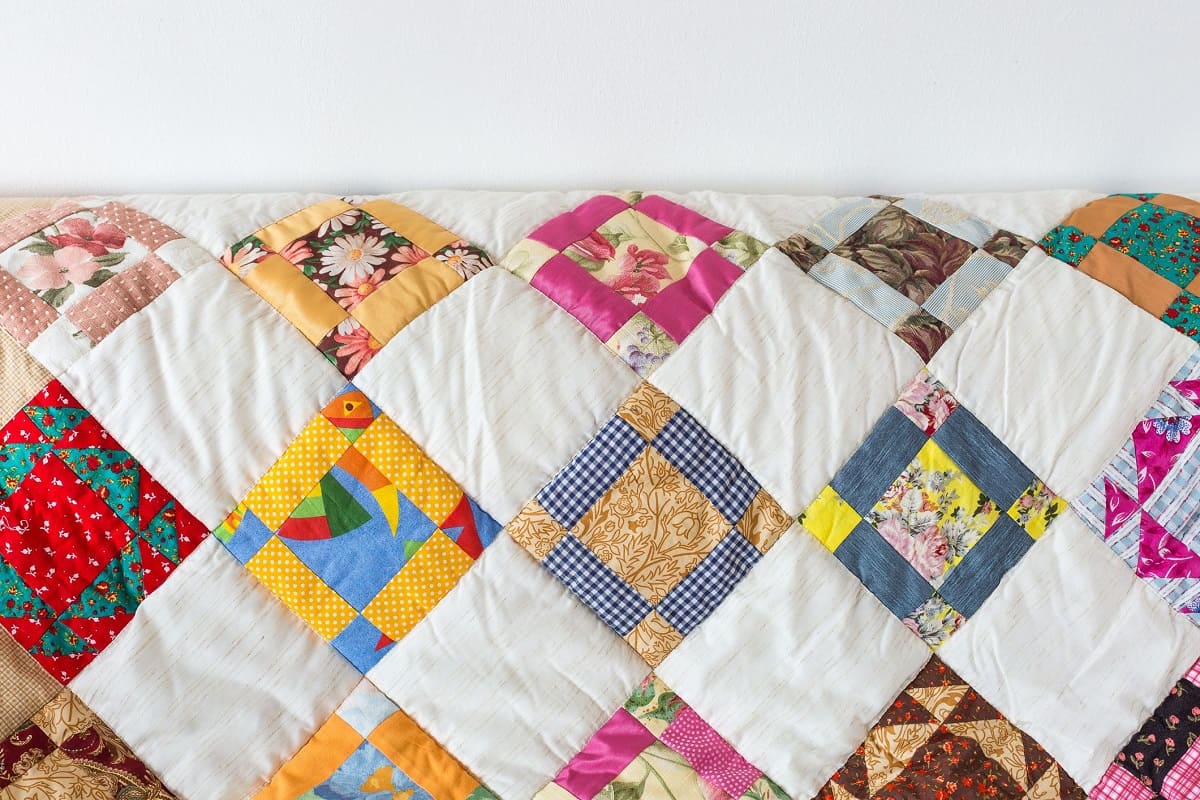
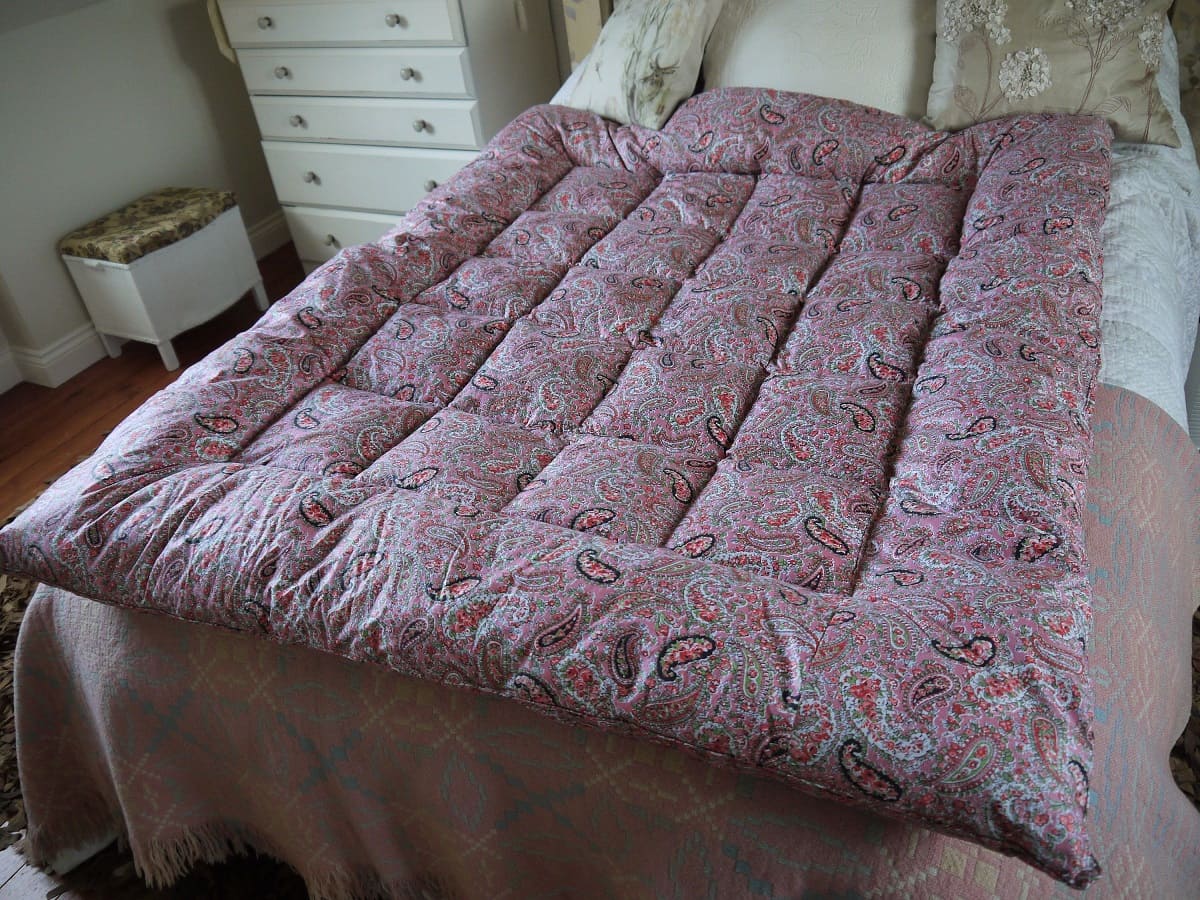



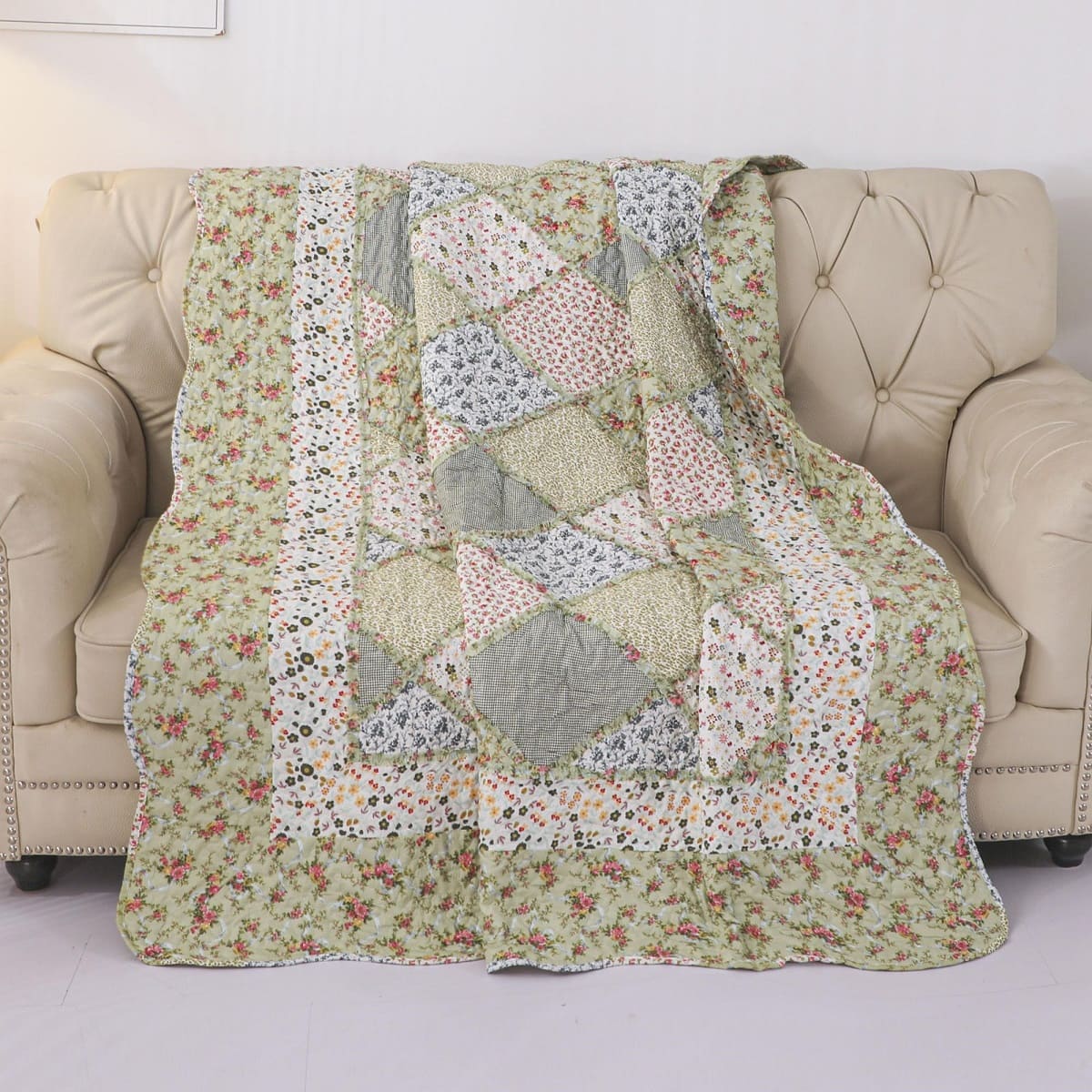
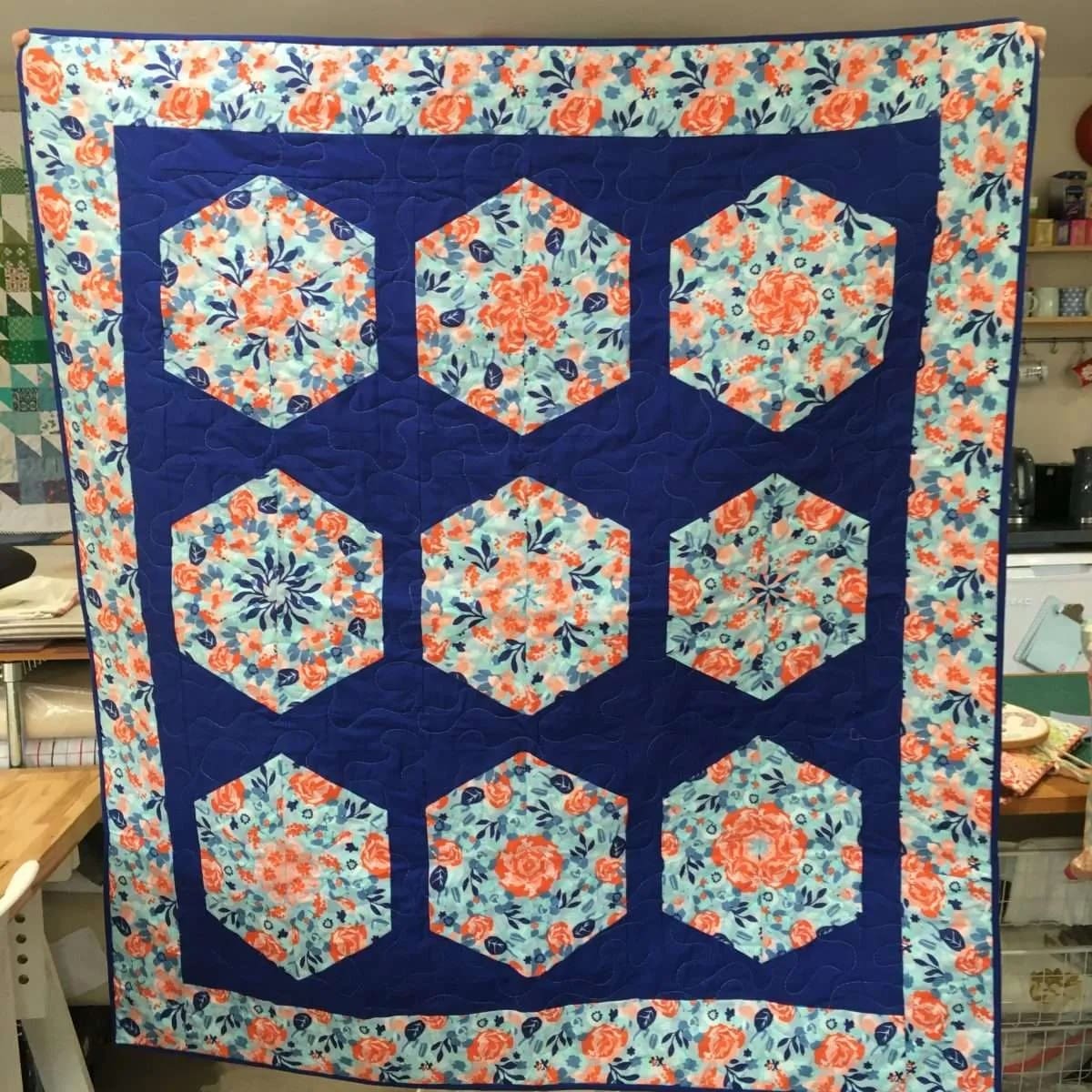
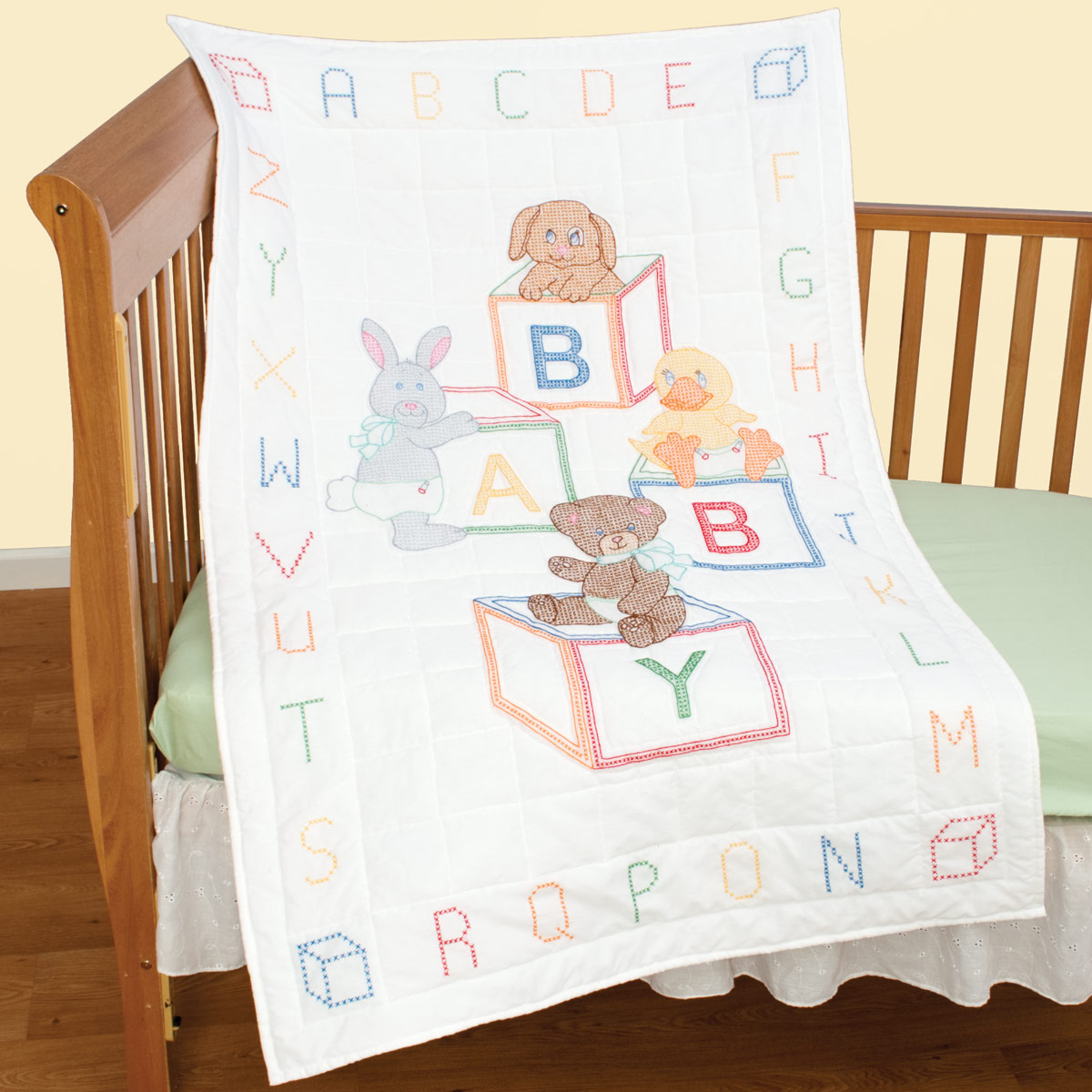
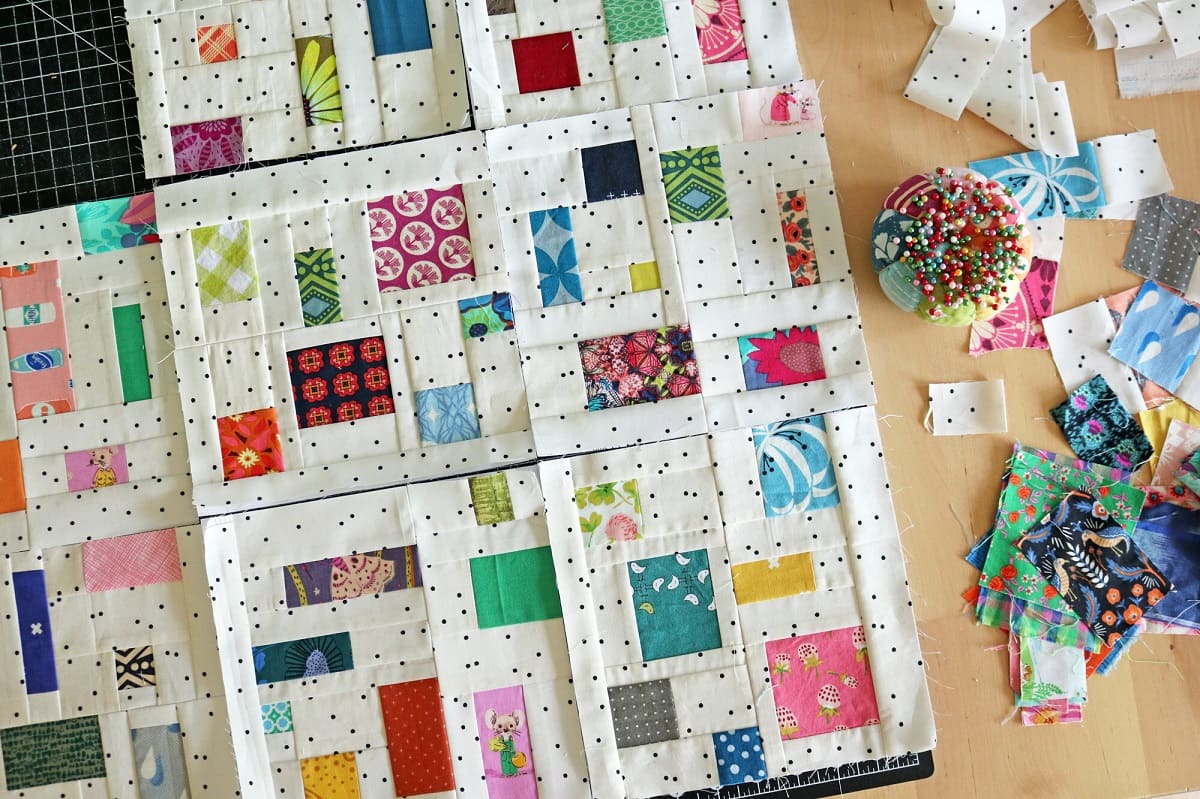

0 thoughts on “What Is A Bed Quilt”